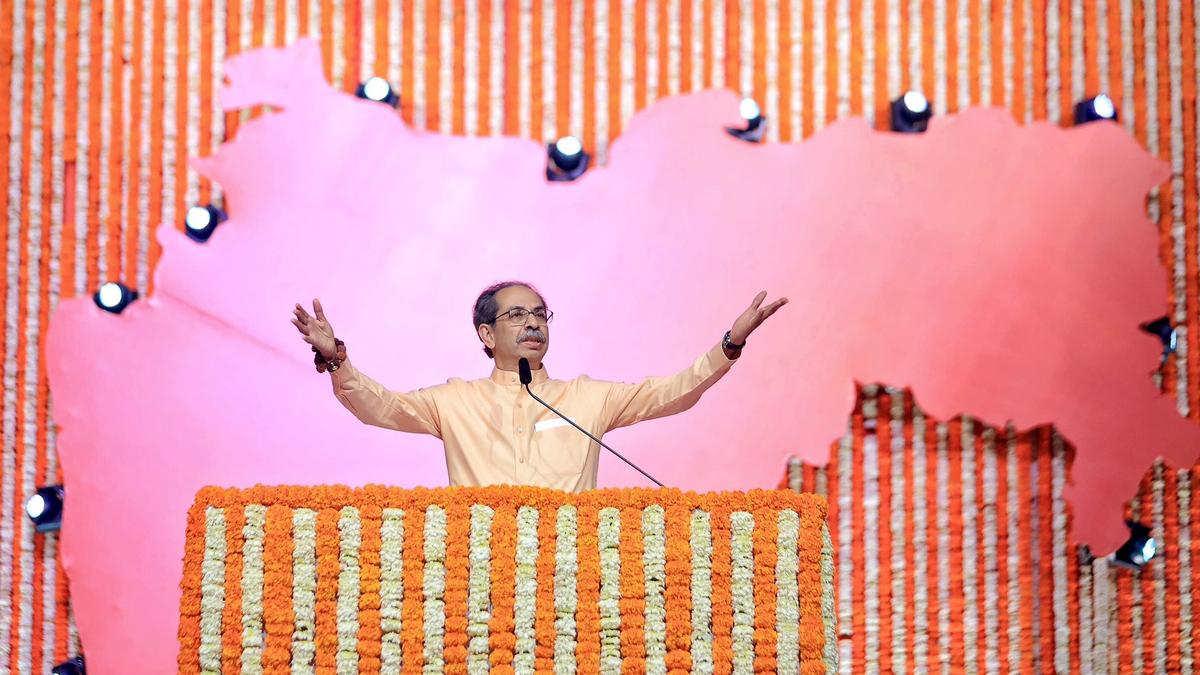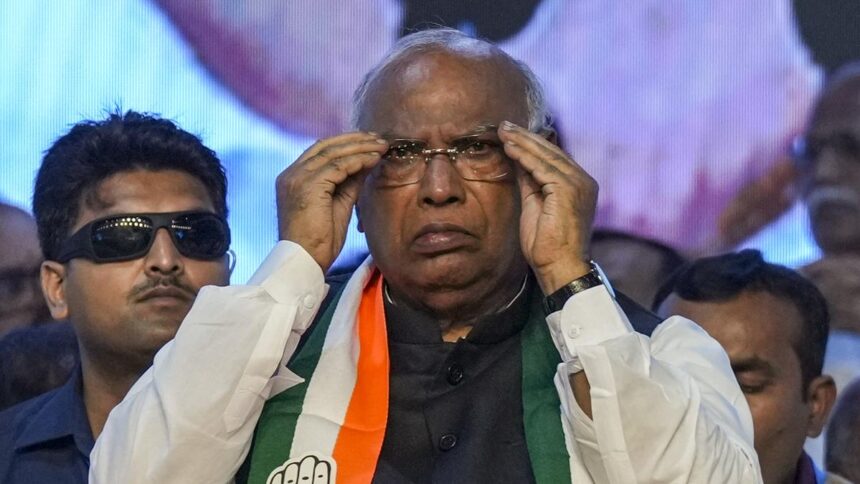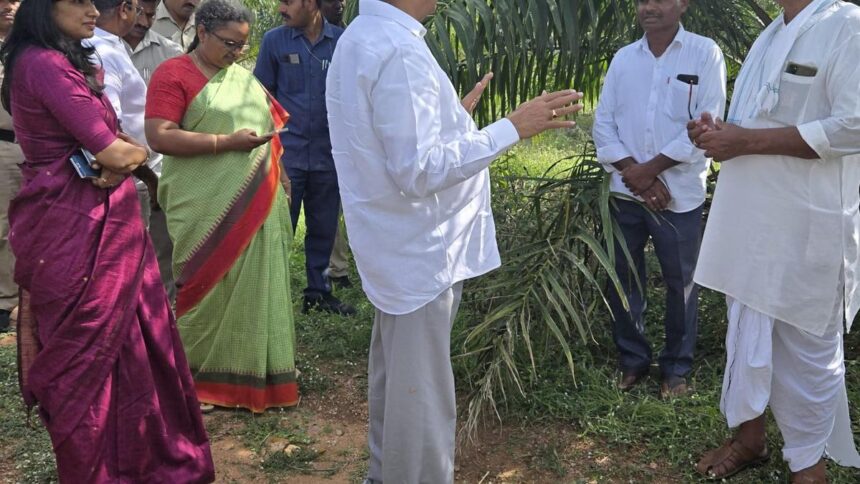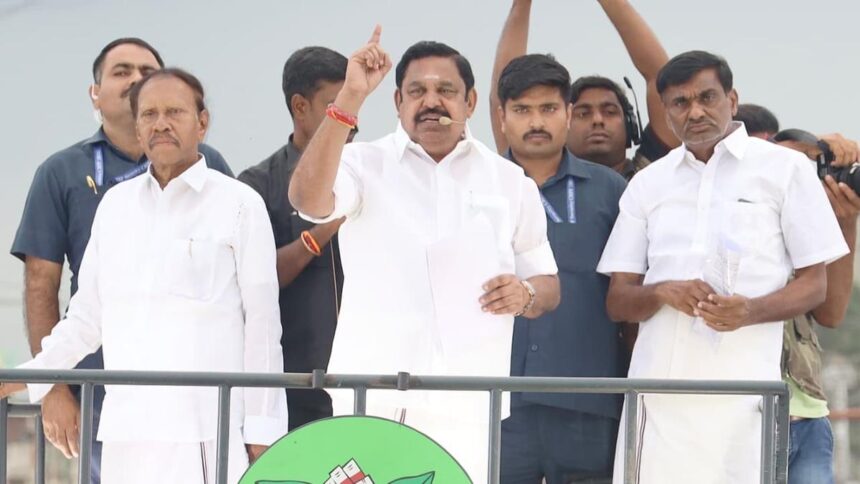
Shiv Sena UBT chief Uddhav Thackeray addresses a joint rally in Mumbai on July 5.
| Photo Credit: ANI
India’s diversity in religion and language is one of the primary factors which protects the secular character of the nation, ensuring its unity and integrity. But while religion and language are the two most crucial aspects of any culture, these are also the predominant cross-cultural barriers. This is clearly visible in recent communal tensions and the violence in Maharashtra.
Secularism in India is different from what the West practises. When the concept originated in England in the mid-19th century, it was explained that there should be complete separation between the state and religion without criticising any of the prevalent religious beliefs. India too accepted this notion and incorporated the concept in the Constitution in the form of rights to religious freedom. These rights are based on the principles of religious tolerance and equality. Every person has the equal right to freedom of conscience and to profess, practise and propagate his religion. This makes India truly secular as the state does not have its own religion. However, the unique aspect of Indian secularism is not only related to religion but it is also concerned with language. Indian secularism is neither pro-religion or language, nor against. Yet it is not neutral either. It is incorporated in the Constitution as a state policy and it empowers the state to take steps against communalism, be it religious or linguistic.
Official vs national language
This is the reason why we do not and cannot have a national language. In order to protect linguistic diversity, the Eighth Schedule of the Constitution includes 22 languages. As India is a unitary federation, that is, a Union of States, Article 343 enshrines that the official language of the Union shall be Hindi in Devanagari script. The States are free to choose their own official language. This arrangement is due to the fact that in India, States are culturally integrated and no State is permitted to go out of it in the name of distinct language or culture.
Article 29 incorporates that any section of citizens of India including minority groups shall have the right to protect their language, script or culture, and that language cannot be the ground for discrimination. According to the 2011 Census, India has 121 languages and 270 mother tongues. About 96.71% population of the country have one of the 22 scheduled languages as their mother tongue. Finally, the Census says that the 121 languages are presented in two parts, languages included in the Eighth Schedule, and languages not included (99) in the Eighth Schedule.
Respecting diversity
Such diversity needs to be protected; each and every language irrespective of region or State must be shown respect. This is the only way to protect India’s linguistic secularism. Many southern and northeastern States have resisted the imposition of Hindi, citing fears of cultural domination. Dravidian movements in Tamil Nadu historically opposed Hindi imposition, favouring Tamil and English. Maharashtra, however, has emerged as the most sensitive State so far as the language debate is concerned. The recent violence against the non-Marathi population is the manifestation of identity politics. Definitely, it is not to protect its cultural identity. Had it been related to the protection of culture, the “protectors” of Marathi language would have considered that ‘tolerance’ and ‘liberality’ are the two pillars of India’s unity in diversity.
India has always accepted different religions, ideas, lifestyles, food habits etc., mainly because of its liberal and tolerant attitude. In a globalising world, a conservative leaning towards religion or language will lead to a fragmentation of society and tear apart the secular fabric.
Political parties have the onus to ensure the protection of India’s diversity which has been well shielded by the Constitution.
C.B.P. Srivastava is President, Centre for Applied Research in Governance, Delhi
Published – July 16, 2025 08:30 am IST


















